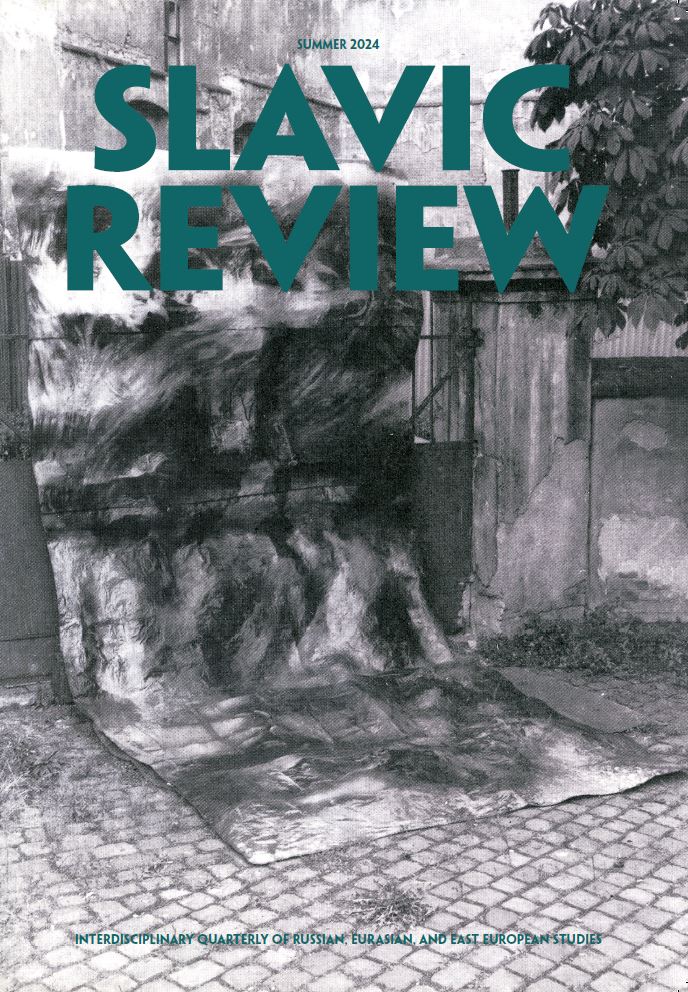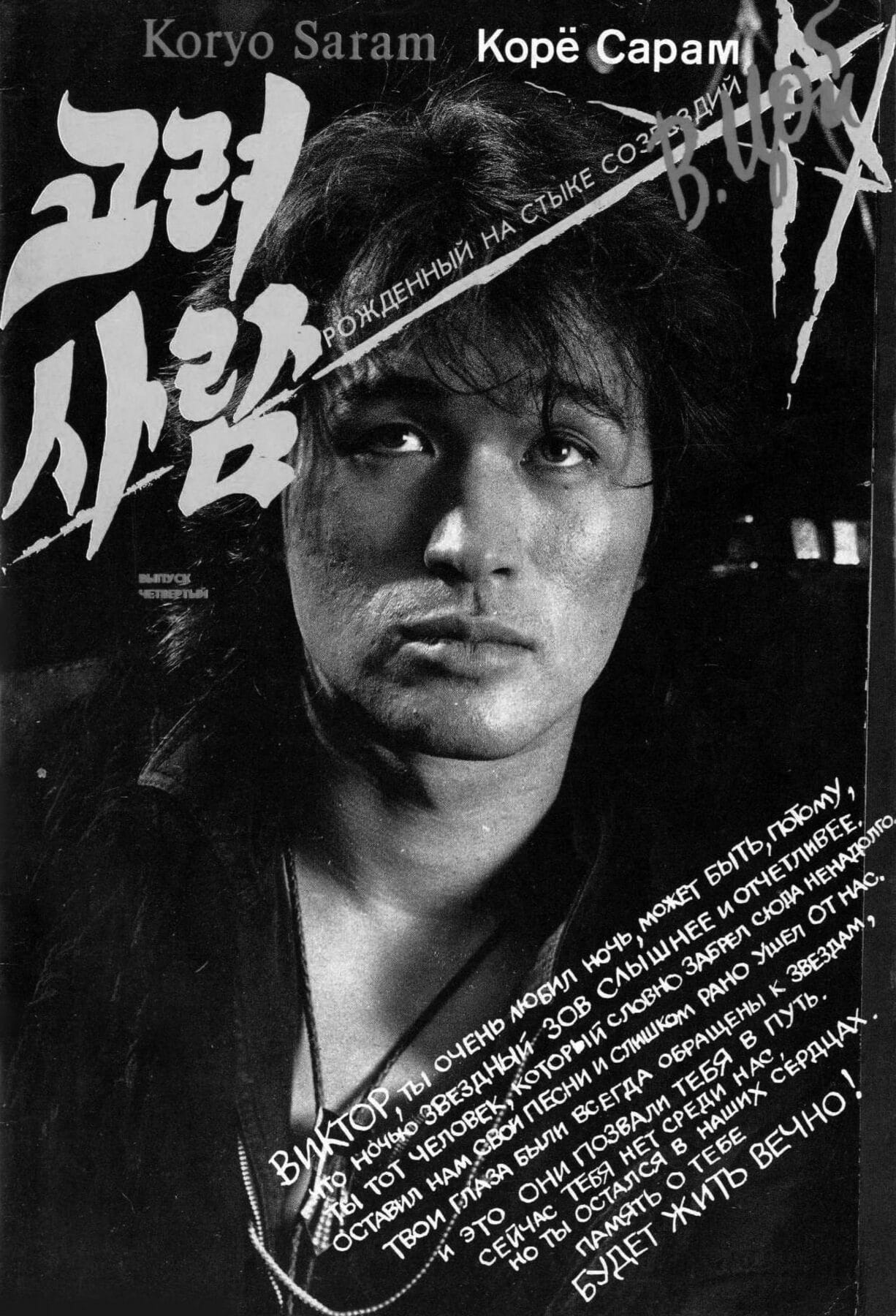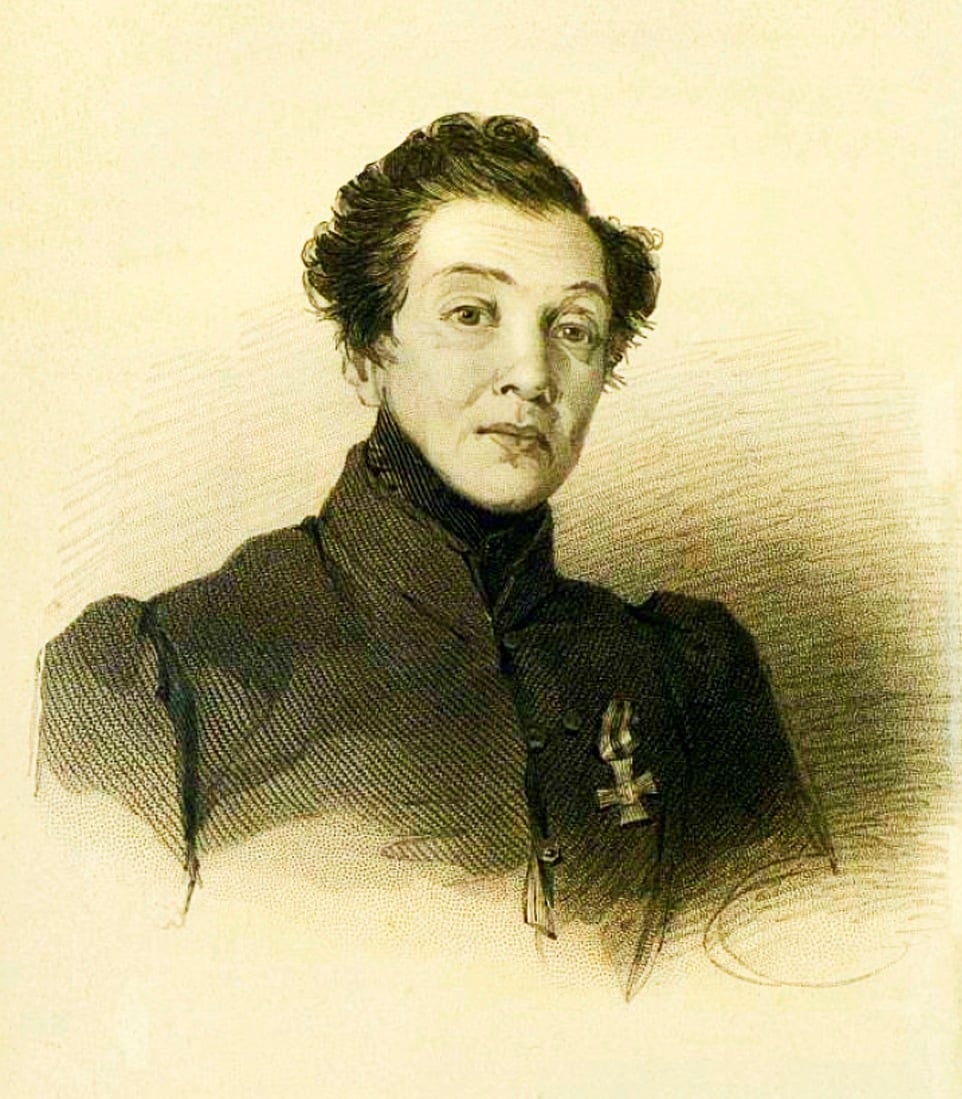Winter 2023
In This Issue
Table of Contents
Critical Discussion Forum: Socialist Sound Worlds
859
Introduction
Gabrielle Cornish and Matthew Kendall
Abstract
A lot happens when we press play. To prepare, we select a particular format of sound storage—maybe vinyl, magnetic tape, polyethylene, or an mp3—for the parsing, processing, and amplification of that format’s content. Once things start moving, we inaugurate a listening experience that may seem effortless, but which has undergone meticulous social conditioning, and which is informed by our own deep histories of listening, aurality, and attention. In the long term, this process is not as rigid as it sounds: listening has always been flexible, and historians of the concert hall have told us a twisting and turning story about audiences who did not always think it was proper to stay silent, and who did not always feel the need to pay much attention to what took place in front of them. But today, anyone who chooses to play a spoken word compilation instead of a jazz LP (long-playing record) at a cocktail party might not find such a receptive crowd. Facilitated by internet streaming and downloading, this relatively new ability to amass intensely personal sonic archives often clashes with the contextual demands of where, when, and how certain forms of listening are meant to be enacted: the cocktail party often dictates a particular aural accompaniment, one more amenable to music than an audiobook. For such a widely practiced activity, why do the modern activities of storing, distributing, and amplifying sound, which have grown kaleidoscopically complex in the twentieth and twenty-first centuries, remain undertheorized in Slavic studies? What would it mean to think about these questions and their repercussions in east European modernity? And what might listening to east European history and culture tell us that our other senses cannot?
865
Room for Noise in Soviet Sound Recording
Matthew Kendall
Abstract
When he was nearing the end of his life, Viktor Shklovskii recorded an oral interview that was recently digitized and published by the Moscow oral history project. During the audio encoding process, Shklovskii’s voice and the contents of the interview were badly distorted. This article frames noise as an important force that impacts not only how sound documents become authoritative archival evidence, but also indexically points to the context of their creation. To do so, I compare the role that sound plays in Shklovskii’s own writing with the history of the Soviet state’s archival preservation of sound, a variety of amateur sound recording projects, and mainstream discussions of audio quality and sound recording in the Soviet press. Ultimately, I argue that for audio researchers, making room for noise allows us to see the emancipatory gesture embedded within amateur tape recording itself: the ambiguous noise that seemingly marred unpolished recordings can instead be heard as a sonic alternative to official narratives.
874
Sounding Plastic: The “Great Career” of the Flexidisc in Socialist Poland
Andrea F. Bohlman
Abstract
This essay asks what archival sound objects—in this case a vast stockpile of bootleg music recordings—can tell us about cultures of listening and the cultivation of intimacy through sound under state socialism. It combines ethnographic and historical methodologies to analyze a format for popular music that circulated through an alternative economy in the People’s Republic of Poland from the 1950s through the 1980s: the “sound postcard” (pocztówka dźwiękowa). These flimsy, often colorful, plastic rectangles contained copies of mainstream western, Polish, and Soviet popular musics on seven-minute records, sold hand-to-hand at markets and kiosks. In the twenty-first century, these polyethylene flexidiscs circulate as socialist ephemera with a nostalgic thrill, cherished for their obsolescence and provocative visual design reconstruct, but dismissed as poor fidelity transfers. I treat this archive as material history that contains aural traces allowing us to access socialities, affective experiences, and labor relations.
887
Lenin in the Groove
Gabrielle Cornish
Abstract
This essay takes a media historical approach to interrogate celebrations of Vladimir Lenin’s centenary in the Soviet Union, during which both the state recording company Melodiya and the monthly journal Krugozor, an educational magazine with companion recordings, reevaluated the relative merits and shortcomings of sound recordings in spreading socialist ideology. The need to create recorded materials for domestic audiences as well as socialist and capitalist countries around the world prompted a series of debates over how best to memorialize Lenin’s voice and re-historicize the sonic environment of his time. Lenin’s voice carried with it substantial historical, political, and cultural power. But his earliest recordings—those made during his lifetime—were of poor quality and even poorer intelligibility. As such, attempts to restore and remaster Lenin’s voice necessarily involved the Soviet imagination, especially as the generation of those who knew him personally aged (and died). This tension—between creation and preservation, between artifice and authenticity—would preoccupy sound engineers and producers in the years leading to the centennial. Using archival sources alongside LPs and flexidiscs, this essay traces the connections between voice, format, and mythology across the Soviet epoch and proposes a new understanding of socialist realism in audio media.
897
Afterword: Resonant Objects
Lilya Kaganovsky
Abstract
The papers in this cluster—and sound studies more broadly—attune our ears to hearing and listening, to paying attention to that “other” important sense of modernity: the aural or sonic that so often is asked to play second fiddle to the visual. The challenge of sound studies, Jonathan Sterne reminds us, “is to think across sounds, to consider sonic phenomena in relationship to one another—as types of sonic phenomena rather than as things-in-themselves—whether they be music, voices, listening, media, buildings, performances, or another other path into sonic life.”
Articles
905
An Artistic Challenge to the Culture of Forgetting in Serbia: Audiovisual Discontinuity in Ognjen Glavonić’s Depth 2
Dragana Obradović
Abstract
This article examines audio-visual discontinuity in Ognjen Glavonić’s 2015 documentary Depth 2 and argues that this approach to sound and screen allows the audience to engage with the difficult topic of war crimes in a novel manner in order to address a failure in cultural memory in Serbian society. The documentary explores war crimes committed against Kosovo Albanian civilians by Serbian state forces and paramilitaries in the spring of 1999. Depth 2 cinematically recontextualizes recorded testimonies of both survivors and perpetrators from the International Criminal Tribunal for the former Yugoslavia (ICTY), defamiliarizing the archive by anonymizing the source material and by removing the synchrony between voice and image. The lack of concordance between voice and screen is a key aesthetic strategy through which the film comments on pressing ethical, political, and historical issues in Serbian society.
926
A “Common Enterprise”? The Role of Utility Infrastructure in the Divided City of Teschen, 1920-1938
Zora Piskačová
Abstract
Teschen Silesia after the First World War is typically portrayed as a region of ethnic conflict and national rivalry. Focusing on gas, electricity, and water infrastructures of the divided city of Teschen, now Polish Cieszyn and Czech Český Těšín, this article shifts the focus from nationalist discourses of animosity and upheaval to stabilization and local cross-border cooperation. In examining the cities’ conjoined utility networks’ management as well as their partial reorientation towards domestic suppliers, it demonstrates that local interests and economic pragmatism often trumped national antagonism. Moreover, by allowing municipal politics to take central stage, the article shows that small town leaders on the periphery were not only obedient servants of their respective central governments. While the Polish and Czechoslovak nation-states attempted to curb transnational municipal dependency and thus erase all remnants of the Habsburg regime, small town leaders often acted as administrators first and nationalists second.
949
Cold War Networks and the Scholarly Byt: How Russian Formalism Became an American Thing
Lidia Tripiccione
Abstract
This article centers on one key episode in the reception of Russian formalism in western academia, the 1955 publication of Victor Erlich’s acclaimed Russian Formalism. History. Doctrine. The article discusses the appearance of the monograph in the young field of Slavic Studies through novel lenses and conceptualizes the monograph as the result of the activity of a network of heterogeneous actors that contributed to the formation and publication of the book. Methodologically, I develop the concept of the scholarly by hybridizing Boris Eikhenbaum’s literaturnyi byt and Bruno Latour’s Actor-Network-Theory. Finally, I suggest that the methodological framework developed in the article could be productively applied to further the study of Russian formalism reception.
971
Liberating Consumption, Urban Communities, and Women’s Activism during Late Stalinism
Nataliia Laas
Abstract
In the first post-war decade, Stalinist authorities resumed pre-war practices of voluntary gatherings of store patrons in large cities. Such meetings, called “consumer conferences,” constituted embryonic manifestations of proletarian governance that municipal officials considered ideologically safe to employ in a period when Kremlin elites increased their crackdown measures against the wartime liberalization initiatives. Drawing on people’s insider knowledge of local communities, city authorities aimed to gather economic information about consumer needs to improve the retail system. Yet, urban working-class women, the most committed conference participants, saw stores more than as simply places of consumption: the store contributed to the local community’s safety, hygiene, health, emotional comfort, and mutual trust. Consumer conferences therefore turned into a forum for women’s activism as female urbanites used customer gatherings to carve out part of a state-curated public space in which they exercised a measure of control over their neighborhoods’ well-being.
995
Review Essay
1003
Featured Reviews
1020
Book Reviews
1108
DOCTORAL DISSERTATIONS, 2022
1122
Collected Essays
1128
Other Books of Interest
1131
In Memoriam
1135








